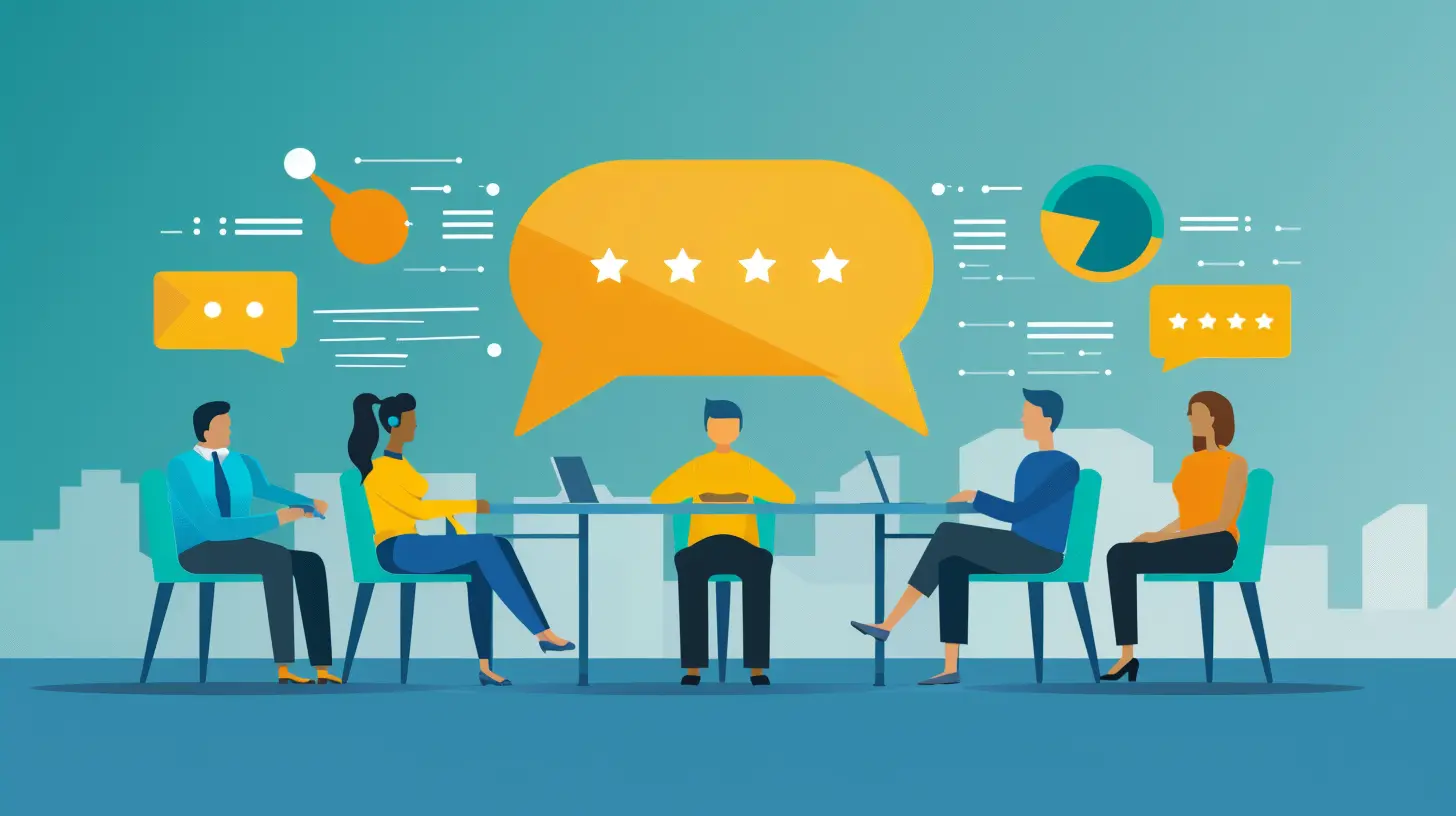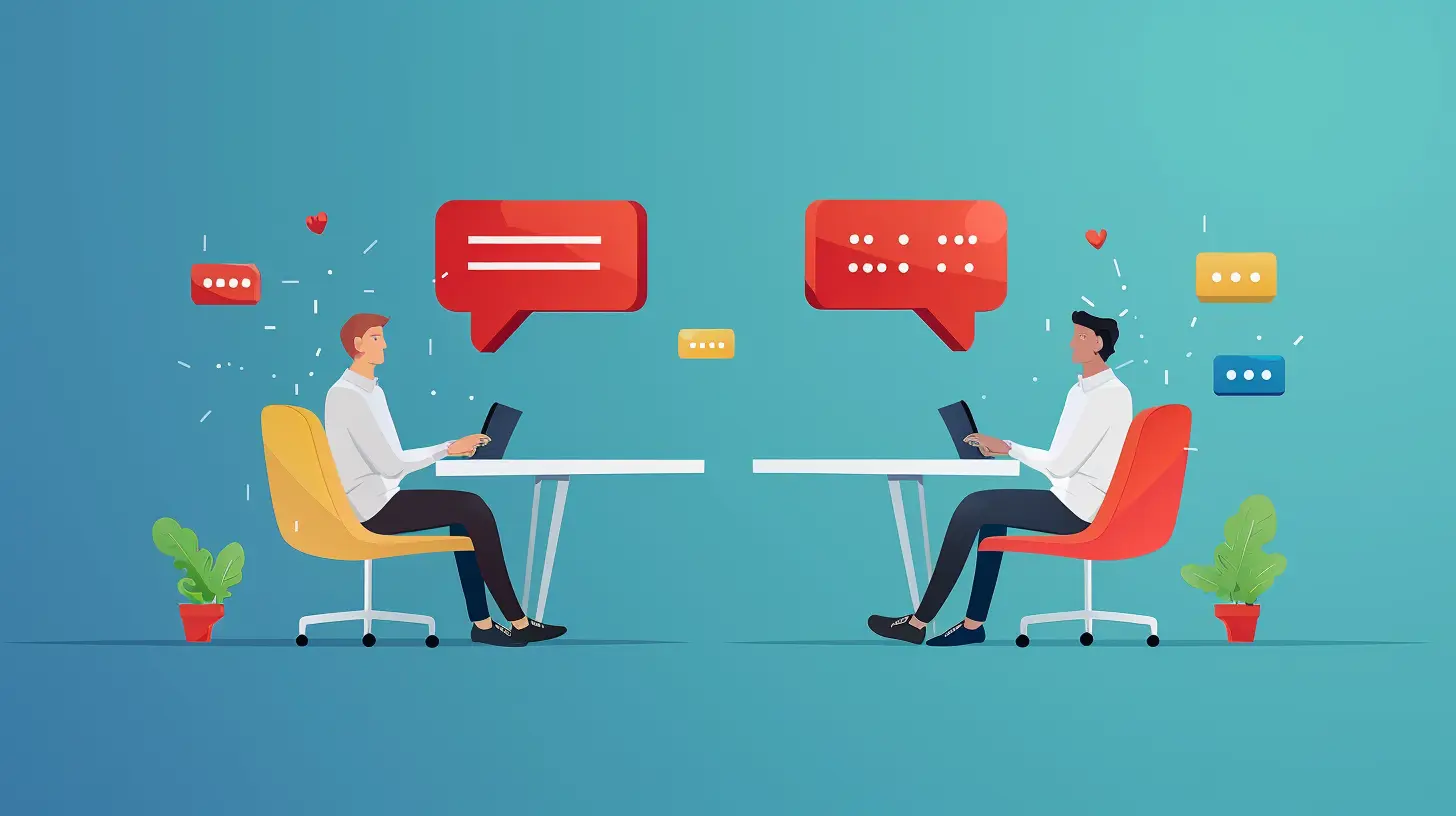Unleashing the Power of Customer Feedback to Enhance Retention
16 November 2025
If you run a business or manage customer experience in any capacity, you’ve probably heard this a thousand times—customer retention is cheaper than acquisition. But here's the real kicker: it’s not just cheaper, it’s way more valuable. Now, what if I told you that the secret sauce to improving retention is something you’re already sitting on—a goldmine that's often overlooked? Yep, we're talking about customer feedback.
Let’s dig deep into how listening to your customers (really listening) can unlock growth, strengthen loyalty, and skyrocket retention like never before.
Why Customer Feedback Is The Heartbeat of Retention
Have you ever felt unheard as a customer? That gut-sinking moment when you report an issue or suggest a feature and it disappears into a black hole? Yeah, no fun. And chances are, you never bought from that brand again.Now flip the script. When customers feel heard and valued, they’re more likely to stick around. That’s because feedback isn’t just noise—it’s insight directly from the people who matter most.
Customer feedback:
- Shows you what’s working (and what’s not)
- Helps you fix issues before they escalate
- Builds trust and humanizes your brand
- Gives you a constant stream of ideas for improvement
Basically, it’s your business compass. And if you're not using it to steer the ship, you’re probably drifting off course.
The Business Case for Listening: Retention by the Numbers
Before we get into strategies, let’s talk numbers—because numbers don’t lie.- Acquiring a new customer can cost 5–7 times more than retaining an existing one.
- Increasing customer retention by just 5% can boost profits by 25% to 95%.
- Loyal customers are 5x more likely to repurchase, 5x more likely to forgive, and 7x more likely to try a new offering.
These stats aren’t just fluff. They’re the fuel behind some of the world’s top-performing companies. And guess what they all prioritize? Regular, actionable feedback loops.
Different Types of Customer Feedback (And Why They Matter)
Not all feedback is created equal. Some of it comes directly from customer surveys, others you collect passively. Either way, each type offers unique insights.1. Direct Feedback
This is what customers tell you straight-up.- Surveys
- Reviews
- Testimonials
- Support tickets
You can ask the golden question: “How are we doing?” and get actual answers. It’s raw, honest, and incredibly valuable—even when it stings a little.
2. Indirect Feedback
This is the stuff customers aren’t saying out loud, but it speaks volumes.- Social media mentions
- Online forums
- Customer behavior patterns (e.g., drop-off points in your app)
Your job is to play detective—follow the clues, look for trends, and understand what’s not being directly said.
3. Inferred Feedback
This kind comes from data. Think usage statistics, churn rates, NPS scores. While it doesn’t say why something happened, it points you in the right direction.Each of these feedback types adds pieces to the puzzle. Put them together, and you’ve got a full picture of what’s keeping customers happy—or driving them away.
Turning Feedback Into Actionable Strategies
Okay cool, so you’ve gathered feedback. What now?Here’s where the magic happens—turning insights into action.
Step 1: Create a Feedback Loop
A feedback loop is the cycle of:1. Collecting feedback
2. Analyzing responses
3. Acting on insights
4. Informing customers about improvements
You want this loop to be tight, consistent, and ongoing. When customers see their feedback being implemented, they feel seen—and loyalty follows.
Step 2: Segment Your Audience
Not all customers are created equal. A high-spending VIP will have different pain points compared to a first-time buyer. So, segment feedback based on:- User journey
- Purchase history
- Product usage
This helps tailor your responses and upgrades to the needs of individual groups.
Step 3: Prioritize Based on Impact
You can’t work on everything at once. Use a matrix to identify:- Quick wins (low effort, high impact)
- Long-term projects (high effort, high impact)
- Cosmetic changes (low impact)
Focus your energy where it counts most.
Step 4: Communicate the Changes
Ever hear of the phrase, “If a tree falls in the forest…”? The same applies here. If you make changes based on feedback but don’t tell anyone, did it even matter?Create updates, emails, or even blog posts detailing how customer input led to real change. It builds trust and shows you actually care.
Real-World Examples of Feedback-Driven Retention
Let’s look at a few companies crushing it with customer feedback.1. Slack
Slack regularly surveys users and builds features based on common pain points. Their interface tweaks and shortcuts? All born from user suggestions. This adaptability helps them maintain insane retention rates in the B2B world.2. Starbucks
Ever heard of “My Starbucks Idea”? It wasn’t just a marketing gimmick. They implemented over 300 customer-submitted suggestions, including free Wi-Fi and mobile ordering.3. Airbnb
They use both direct and behavioral feedback to optimize host and guest experiences. From safety features to search filters, most changes stem from user pain points and suggestions.These brands aren’t just collecting feedback—they’re living by it.
How Feedback Fuels Personalization (And Why That’s Key to Retention)
Let’s be real—nobody wants to feel like customer #3,407. In today’s world, personalization isn’t a perk; it’s an expectation.When you listen to feedback, you can personalize:
- Product recommendations
- Email content
- Support responses
- User journeys
It tells your customers: “Hey, we get you.”
Companies like Netflix and Amazon have mastered this. They track behavior, gather feedback, and tailor experiences in ways that keep users coming back for more.
Even if you’re a small business with limited tools, using customer data to personalize touchpoints can make a massive difference.
Building A Customer-Centric Culture
Feedback won’t mean much if your team isn’t on board. It’s not a job for just the support team—it’s a full-company commitment.Here’s how to create a culture that thrives on feedback:
- Start from the top: Leaders should model the importance of listening.
- Train your team: Everyone should know how to handle, interpret, and act on feedback.
- Celebrate wins: Share positive feedback across departments to boost morale.
- Create easy channels for sharing: Slack channels, CRM notes, internal dashboards—make it seamless to collect and distribute insights.
When everyone owns the customer experience, retention becomes a team sport.
Common Mistakes to Avoid
Let’s dodge a few landmines, shall we?1. Only collecting feedback during crises. Don’t wait for things to go south.
2. Ignoring negative comments. There's gold in the criticism—look for patterns.
3. Asking for feedback, then ghosting. Customers feel betrayed if they take the time and never see results.
4. Overwhelming customers. Keep surveys short and sweet. Timing matters too.
5. Not closing the loop. Always let them know their voice was heard.
Mistakes happen, but correcting these can quickly get your feedback efforts back on track.
Tools to Supercharge Your Feedback Strategy
There’s no shortage of tools to help you gather and use feedback effectively. Here are a few worth checking out:- Typeform / Google Forms – Simple, customizable surveys
- Survicate / Qualtrics – Advanced customer feedback platforms
- Hotjar / Crazy Egg – Understand behavioral feedback with heatmaps
- Zendesk / Freshdesk – Pull customer queries and complaints into actionable formats
- Intercom / Drift – Real-time messaging that captures on-site feedback
Pick what aligns with your business size, budget, and goals.
Final Thoughts: Make Feedback Your Superpower
At the end of the day, your customers are talking. The big question is—are you listening?Feedback, when used correctly, becomes your superpower. It guides product development, improves service, builds trust, and most importantly, keeps your customers coming back.
Retention isn’t just about loyalty programs or email blasts. It’s about creating a two-way relationship where customers feel heard, valued, and engaged.
So go ahead—lean in, ask the hard questions, and really do something with the answers. Your customers (and your bottom line) will thank you later.
all images in this post were generated using AI tools
Category:
Customer RetentionAuthor:

Remington McClain

